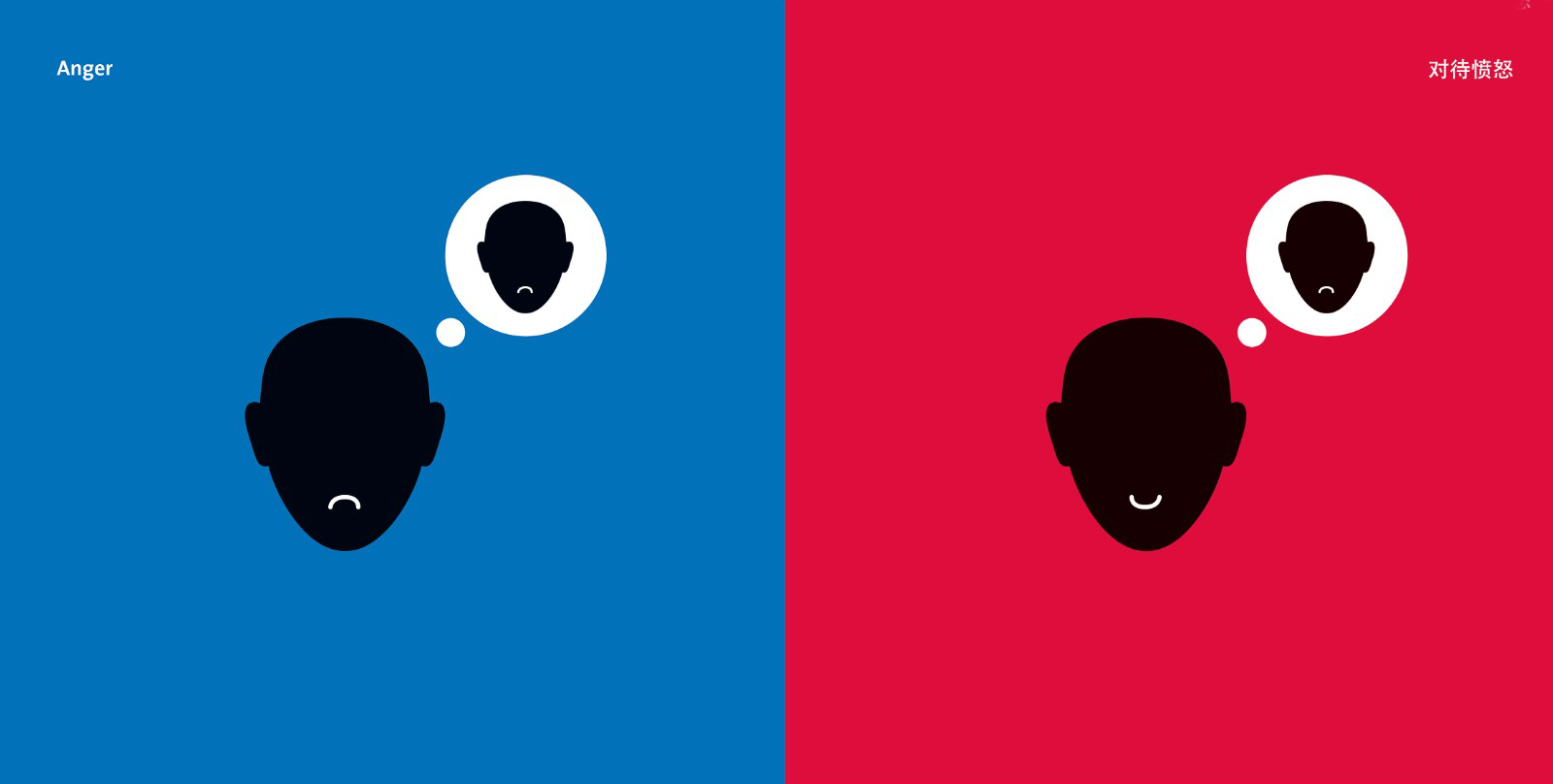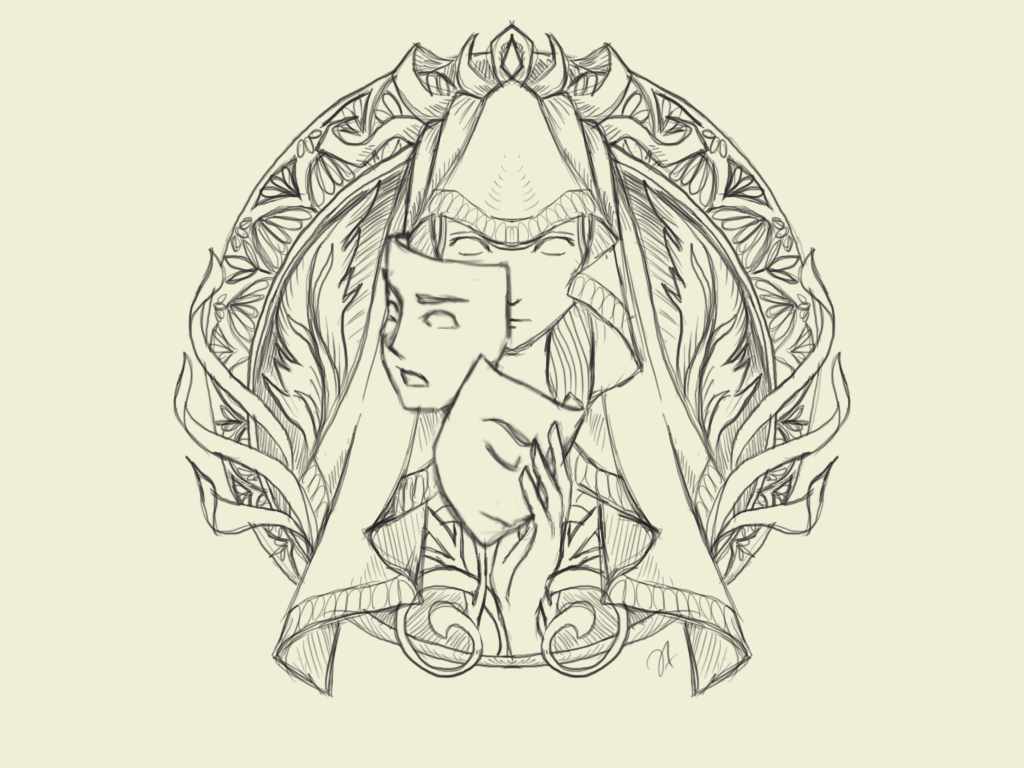During the launch of a sponsorship programme for the underprivileged, Datuk Seri Wan Azizah Wan Ismail stressed the importance of being competent so that “Communications remained agile with the ability to evaluate and adapt” as a means to surviving the future workforce. She also urged the younger generation to equip themselves with “technical knowledge, soft skills, and emotional intelligence” to face modern challenges to which I somehow cannot help but agree — to a certain degree. The term emotional intelligence (EQ) has been around for a while but it is a relatively new awareness in our predominantly collectivist Asian culture. In the ever-changing landscape of the creative professions, I began to wonder about EQ’s impact on the life of design students.
Thinking of this, I was reminded of a particular task assigned to my students that involved writing a reflective essay where they identified the poignant moments in their lives that lead to their interest in joining the creative fields for their tertiary studies and perhaps a future career. Out of all the many papers I read through, I could only recall a few that stood out as those that truly speak of high emotional association as their crucial calling to pursue creative studies while the rest of the class would take on a more subdued narratives of typical family and peer pressure, choices made based on trends and current interests, and of course, those that are driven by possible future financial gains.
Being in this part of the world, where our cultural orientation frowns on emotional expression, it was not a surprise that many of the students shied away from writing about their feelings. Research has shown that unlike their western counterparts, Asian societies have a weaker tendency in maximizing positive emotional experiences and minimizing negative ones. It is a common notion in collectivist cultures to be less emotionally expressive as the society is socialized to control and regulate emotional expressions so as to maintain in-group harmony (Oyserman, Coon, and Kemmelmeier, 2002).

Yang Liu (2015) successfully captured this predicament through a visualized series which expresses a clash of cultures between Eastern ideals to the Western counterparts. On the above graphic on “East Meets West” she illustrates that while Westerners are more expressive with their emotions and can be easily perceived through body language, facial expression, and tone, Easterners tend to conceal their discomfort or displeasure especially in social situations. Two people may be arguing when in reality, they are just chatting loudly. In Western societies, this loudness is seen as anger.
But to properly emulate a creative persona, designers have to be attuned to their emotions hence lies the dilemma. In our field of creative education, developing creativity is one of the utmost importance where it is a blend of the multidimensional phenomenon of thinking style, personality, motivation, and environmental context. We stress the analytical power of imagination as well as the creation of new ideas to achieve one or several solutions. We often neglect the social and emotional competencies that determine the effectiveness of these solutions in the first place.
Studies have shown the many benefits of EQ in the creative fields that empower individuals to increase or maintain positive creations to the development of skills such as self-awareness, creativity, and empathy as well as improvement of negative emotions while nurturing positive and pleasant ones in return. All of this can be ascertained simply through an exploration of one’s feelings and emotions. We can perhaps start by looking into the positive correlations between EQ and creativity and the important role it plays in facilitating imagination by encouraging interactions that express and apply emotions to the students’ learning processes. By applying for emotional ownership, it may affect their cognitive system and help them to see issues from a broader perspective, thus making them think deeply and creatively.
While it seems that designers within an individualistic culture orientation may have an easier time embracing EQ, Asian designers can also thrive in this setting. We find satisfaction not only in these emotional states but also discover that nothing is more rewarding than doing something for the greater good.
Reference
Oyserman, D., Coon, H. M., & Kemmelmeier, M. (2002). Rethinking individualism and collectivism: evaluation of theoretical assumptions and meta-analyses. Psychological bulletin, 128(1), 3.
Liu, Yang (2015). East Meets West. Berlin, Germany: Taschen
Feature image illustration for the article by © Noranis Ismail, 2020.

